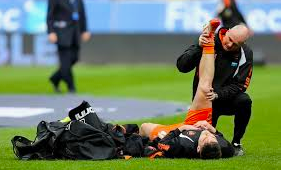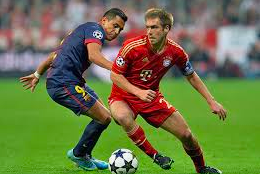Post by Will Thwaite, BPhty (Hons), BSc, APAM
1 – Physical screenings and assessment.
A physiotherapy football screening involves a thorough assessment of flexibility, joint range of motion, strength, co-ordination and movement control of the lower limb. It is important to assess the areas prone to injury in footballers including the main leg muscles as well as the hips, knees and ankles.

The RHP Physiotherapy football screening also examines landing technique and single leg control using a single leg squat test. The way an athlete lands can increase their risk of significant knee injury (eg. ACL injury).The information gathered in a screening can then be used to direct an athlete towards areas that need improvement– for example strength of the glutes, landing control, hip mobility or muscle length.
2 – Load management
The long summer holiday means a consistent training volume generally drops off. Its highly unlikely that the physical activity done during the break matches the duration and intensity of football training. Its common to get muscle strains in this period purely because of the change in training and relative deconditioning of your muscles. Its particularly important to build back into high intensity sprinting over several weeks and let your body re-adapt to these high loads. Its not wise to come out of the holidays and do a full session of sprinting in the first week “to get your fitness back”.
3 – Strength Training
Prevention is the best cure, and being a footballer isn’t just about kicking a ball. Injury prevention exercises addressing strength, mobility, flexibility and stability of various parts of the body should be completed by all footballers. As mentioned before, strong muscles attenuate the high forces from running, jumping and kicking. In particular, being strong around the hips (abs, glutes, hamstrings, adductors) the knee (quads) and ankle (calf) is important for a footballer. There are many useful bodyweight exercises that can be completed at home or at training to make sure you are increasing your strength.
4 – Movement Skill and landing technique
Practicing good landing technique is an essential part injury prevention. Its also a great to include in the warm up process. The FIFA11+ warm up protocol is a great introductory program to ensure that athletes are performing appropriate movements in their warm up. It is also important to practice landing in difficult situations – ie. turning in the air, contacting another player in the air, after heading a ball, different speeds and directions – this way you can prepare for what typically occurs during a game.

If you want to find out the areas that you can improve to reduce your risk of injury, an RHP Physiotherapist can perform a thorough screening and a tailored plan can be made to ensure that you perform well and reduce your risk of injury during this football season.
